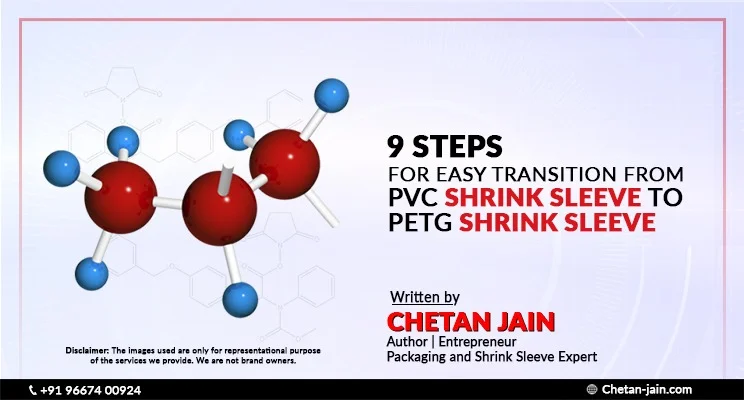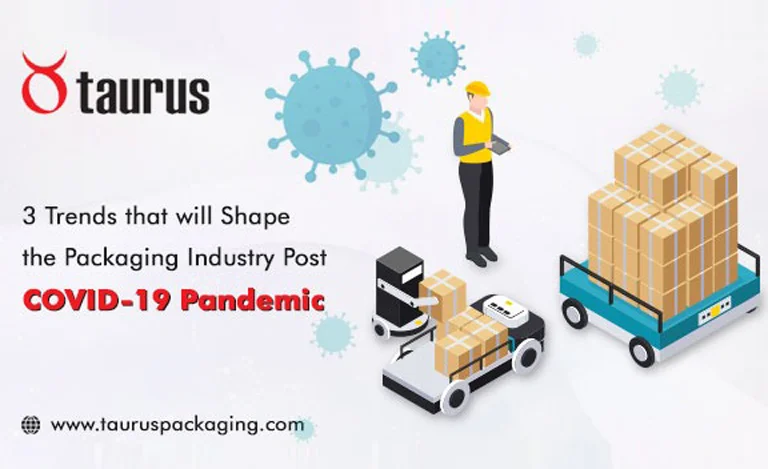Avoid these 6 common mistakes while developing shrink sleeves
Are you planning a new product launch or re-branding your existing products? Then a perfect shrink sleeve should be on top of your list; simply because well-made shrink sleeves are an essential prerequisite for perfect looking containers or bottles. And even though companies are hiring packaging professionals to get their shrink sleeve right, many steps can be missed out.
Let’s look at the common mistakes to avoid to develop perfect shrink sleeves.
- Creating the wrong key line dimension (kld)
If the KLD is incorrectly marked, it may lead to the critical text, brand name or logo to appear in the wrong areas or contours of the container. And this can make the packaging look odd and out of place. - Failure to perform pre-distortion
Some packaging containers have too many contours and depressions. Or the shape may not be symmetrical. In such cases, if pre-distortion is not done, the text may look much smaller after shrinking, than the legal requirement. Even the barcode image may appear distorted.Some companies perform pre-distortion manually because they do not have access to the correct technology. It may lead to errors, as well. - Lack of trials
Shrink sleeves behave differently in different weather conditions. Also, the different shrink tunnels may require separate shrink sleeve dimensions.Unfortunately, some companies fail to consider this factor. They only depend on the sizes given by the printer and do not take specific trials. Such an error on their part may lead to costly mistakes in the commercial lots. - Choosing the wrong film
These days, there are many material choices available to create a perfect shrink sleeve. However, each material performs differently on different containers and shrink tunnels. Hence, no one specification fits all and it is advisable to try out the different options before making a final choice.Also, you may make the mistake of using a higher shrinkage, thickness or grade of the film. It can result in over-specification, increasing your costs. So, before choosing a shrink sleeve, do explore your options to get an appropriately priced sleeve. - Selecting unsuitable printing technology
Separate printing technologies have separate advantages; so it is imperative to select the one most appropriate for your printing requirements.Otherwise, you may end up buying a high-volume shrink sleeve due to MOQ issues in the Gravure set up. And because of this one mistake, the excess quantity may expire, even before you use them. Or your artwork may change by the time it is finished.So, it’s crucial to perform appropriate research to choose the right technology. Remember, Buy-As-You-Need is easily possible, thanks to the availability of a wide range of printing technologies.
- Incorrect storage
Often, production units are in areas where the weather in summers may reach 40-45° Celsius. In such conditions, the room temperature may also go above 30° Celsius.And storing your shrink sleeves in such conditions can result in unwanted shrinkage or distortion due to the natural shrinkage properties of the film.temperatures below 29° Celsius or for prolonged storage, below 25° Celsius.
Closing thoughts
Now that you are aware of the common mistakes companies make while developing shrink sleeves, it is your turn to avoid these costly errors.
Are you ready to create a perfect shrink sleeve?
Feel free to get in touch with me and I will be happy to assist you. You can schedule a 121 call/zoom meeting with me. Please visit chetan-jain.com to schedule a meeting.








 COVID-19 pandemic will affect every human and each country directly or indirectly.
COVID-19 pandemic will affect every human and each country directly or indirectly.